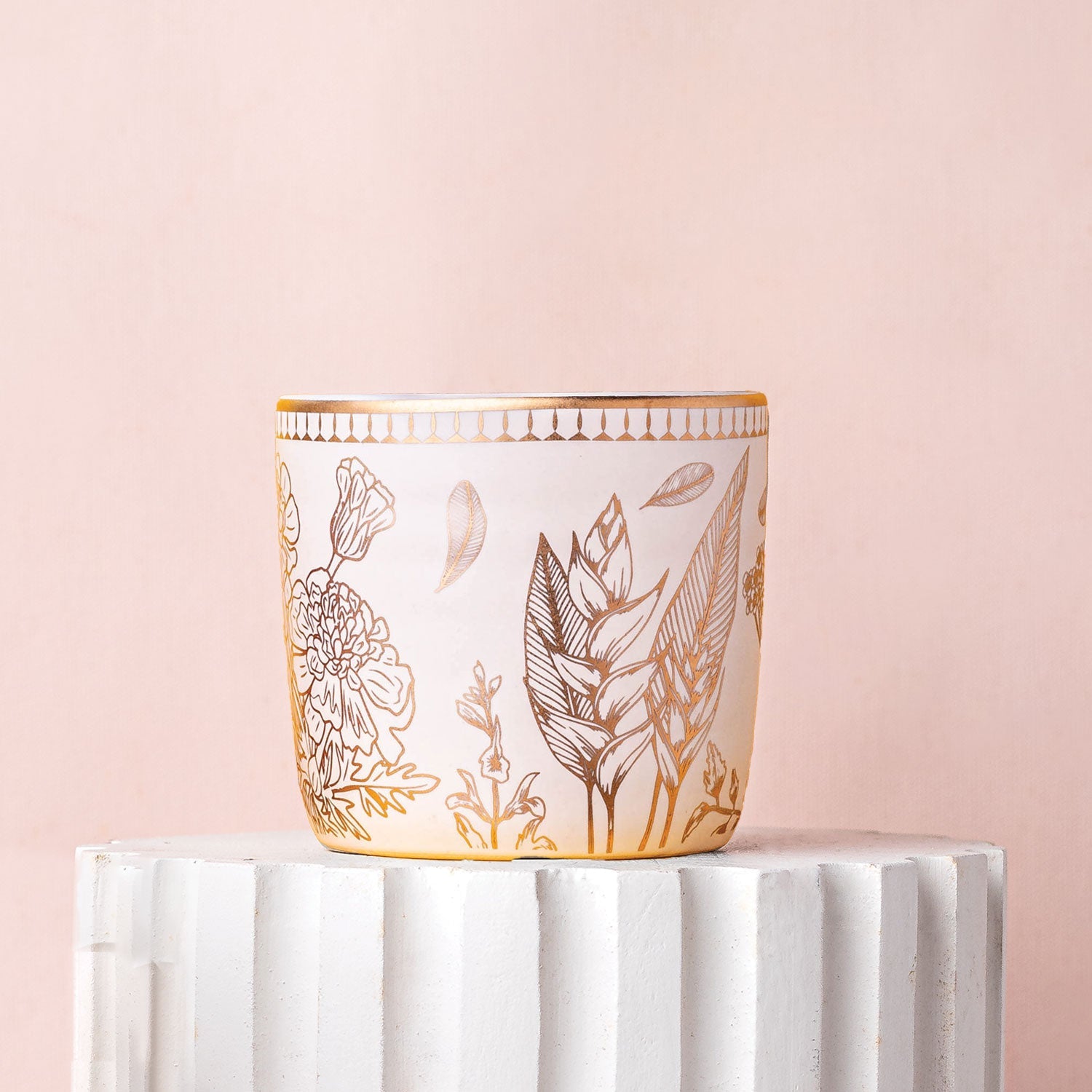India's Tryst with Tea
The discovery of tea was ever a story of many facets. The revealing of the tale depended on the leaf’s use as medicine, food, or drink. Throughout history, tea was intimately related to deities, demigods, and mortals. Bodhidharma was a Buddhist monk who travelled from India to China around the year 475 of the Common Era. Some thirty five years earlier, he was born a Brahman of the Hindu faith and a prince of the southern Indian kingdom of Pallava. Bodhidharma, the sixth century Indian priest who brought Buddhism to China, spent nine years facing a cave wall in meditation. Furious with his inability to stay awake, he is said to have ripped off his eyelids. On falling to the ground, they became tea plants. This legend suggests that tea's stimulating qualities were not lost on monks who spent long hours in meditation.
It was the 19th Century when India began to produce tea on a commercial scale, all to meet the demands for the drink across the British Empire. Wary of trading too much with China, British merchants made the decision to grow tea in colonial India. After Robert Bruce was introduced to Indian tea by a Singhpo chief, Bisa Gam, in 1823, the overseers of the British Raj realised that the local assamica tea plants were far better suited to the region than expensive Chinese sinensis teas.
There are two kinds of beverages that we associate with tea leaves — there is tea and there is chai. In olden times, tea in India was typically herbal in nature, incorporating herbs and spices like tulsi, cardamom, cinnamon, etc. With the arrival of the British and the East India Company in India, who set up tea gardens in Darjeeling and other parts of the country during the late 1800s, Indians got used to the black chai that we know today.
Teas made using the original handmade method, called orthodox tea, now remain within regions like China and Japan where the British hadn’t established their presence.
In Assam, Nilgiri and Darjeeling, large parts of the jungle were cleared for tea production as the British established plantations to provide an alternative to expensive Chinese tea
But while today’s large tea plantations are the result of the British Empire’s insatiable demand for tea, India’s tea history really starts with the drink that Indians call chai.
Like any famous beverage the origins of chai are steeped in legend.
The story says that an ancient Indian ruler had trouble remaining sharp and attentive during long and arduous court sessions. He discovered that by boiling the leaves of the tea plant with water and spices, this king remained an alert and effective ruler, and so chai was born.
Over the coming centuries, travellers and traders from Gujarat, Maharashtra and Bengal would buy the leaves and spices and add them to the high quality milk their regions of India were famed for. Soon, thanks to the vigorous cross-country trade, sweet milky chai would be the favoured drink of workers – a tradition that remains to this day. The spices in masala chai change from region to region, but a typical chai blend will contain cardamom, cinnamon, ginger, cloves, pepper, mace and nutmeg.
In the early 1820s, the East India Company began large scale production of teas in Assam of a tea variety traditionally brewed by the Singhpo people and thus commenced the storied history of tea in modern day India by a humble north eastern community who unknowingly would go on to change the landscape of this mighty leaf worldwide.








